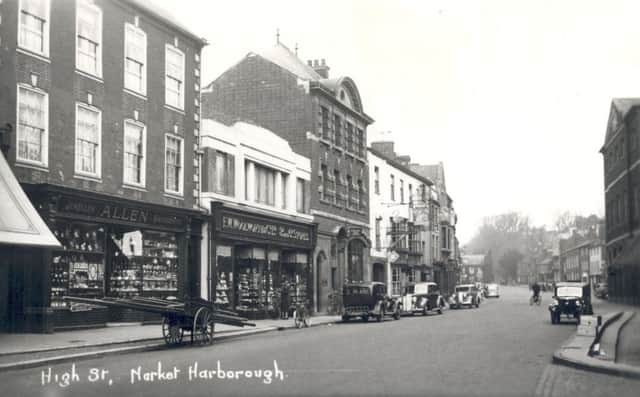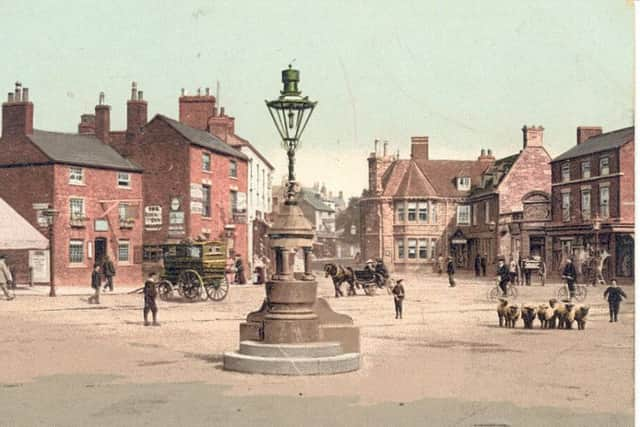10 quirky facts about Market Harborough's heritage trail


We thought we’d give you 10 quirky facts about the town, inspired by the revamped Heritage Trail, produced by the town’s Civic Society with Harborough Museum.
If you would like to see a full copy of the Heritage Trail, you can download it at www. harboroughmuseum.org.uk under the Out and About tab.
Advertisement
Hide AdAdvertisement
Hide Ad1 After the famous Civil War Battle of Naseby in 1645, Oliver Cromwell wrote to parliament about his victory over King Charles I’s army from an inn in Market Harborough.


The letter, marked ‘Harborough 14th June, 1645’, and addressed to the Speaker of the House of Commons, says: “We after three hours fight, very doubtful, at last routed his army; killed and took (prisoner) about 5,000... Sir, this is none other but the hand of God; and to him alone belongs the glory.”
2 The Harborough District Council offices in Adam and Eve Street has such large windows because it is a former Victorian corset factory – R and WH Symington and Co Ltd.
The windows allowed light to flood into the building so hundreds of sewing machinist could work longer hours.
Advertisement
Hide AdAdvertisement
Hide Ad3 The rather grand blue gates of the Memorial Gardens, off The Square, are from a now-demolished stately home – Gopsall Hall, in west Leicestershire.
The land where they once stood is now owned by the Queen. (But she has never asked for her gates back.)
4 Cafe Nero, on The Square occupies Catherwood House, originally built for local chemist William B Bragg.
Two Bragg family descendants – William Henry and William Lawrence – jointly won a Nobel Prize for Physics for their work on X-rays and crystal structure.
Advertisement
Hide AdAdvertisement
Hide Ad5 The Three Swans inn on the High Street was first mentioned as ‘The Swan’ in 1517.
A portrait of a former landlord, John Fothergill, hangs in one of the bars. If it’s moved, it brings bad luck. The last time the hotel was refurbished, decorators were genuinely instructed to work around the painting.
6 Golden Wonder, the company that introduced the cheese and onion crisp to the world, was once based in Market Harborough, in the large Edinburgh House building at the junction of High Street and Abbey Street.
Though Golden Wonder products are still available, the company went into administration in 2006 – and partly blamed Gary Lineker, who fronted a successful ad campaign for rivals Walkers.
Advertisement
Hide AdAdvertisement
Hide Ad7 Famous travel pioneer Thomas Cook had his home and workplace in Adam and Eve Street in the 1830s. There’s a plaque to him above Quaker’s Yard.
A teetotal Baptist, his first ever excursion was to take a group of anti-alcohol campaigners from Leicester to a teetotal rally in Loughborough.
8 Have you spotted the peacock sculpture on the Pizza Express building?
Older Harborians will know it’s there because the building used to be The Peacock Inn, which shut in 2010.
Advertisement
Hide AdAdvertisement
Hide Ad9 The upper High Street has the first branch of Market Harborough-based clothes-plus firm Joules.
It’s done OK. In less than 20 years, the company has expanded to around 110 stores and a turnover of £160million.
10 Why has St Dionysius church in the centre of Market Harborough got no churchyard?
Because it started as a humble chapel, a “branch office” of the main church St Mary in Arden – the now ruined church next to the railway station.